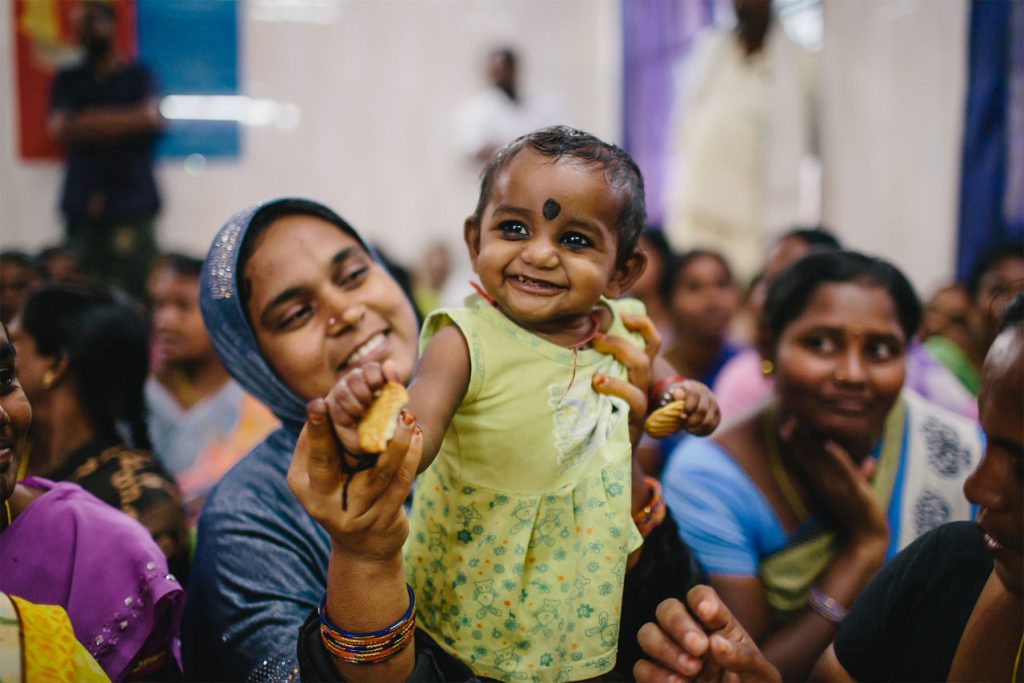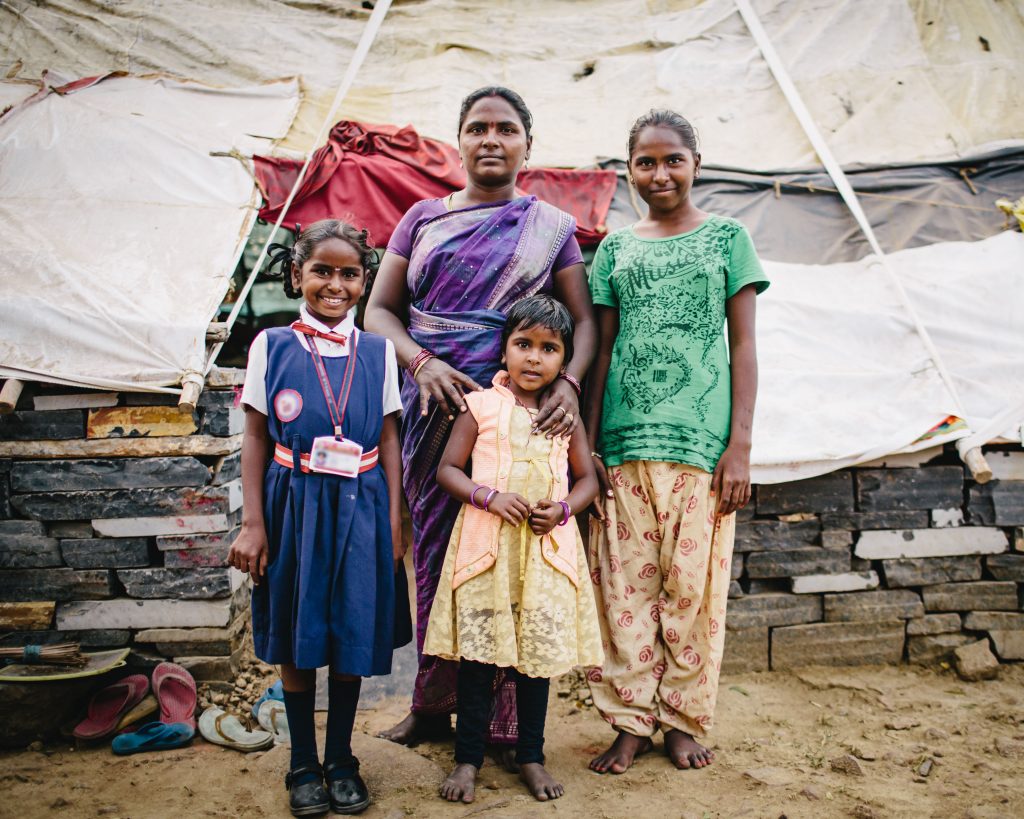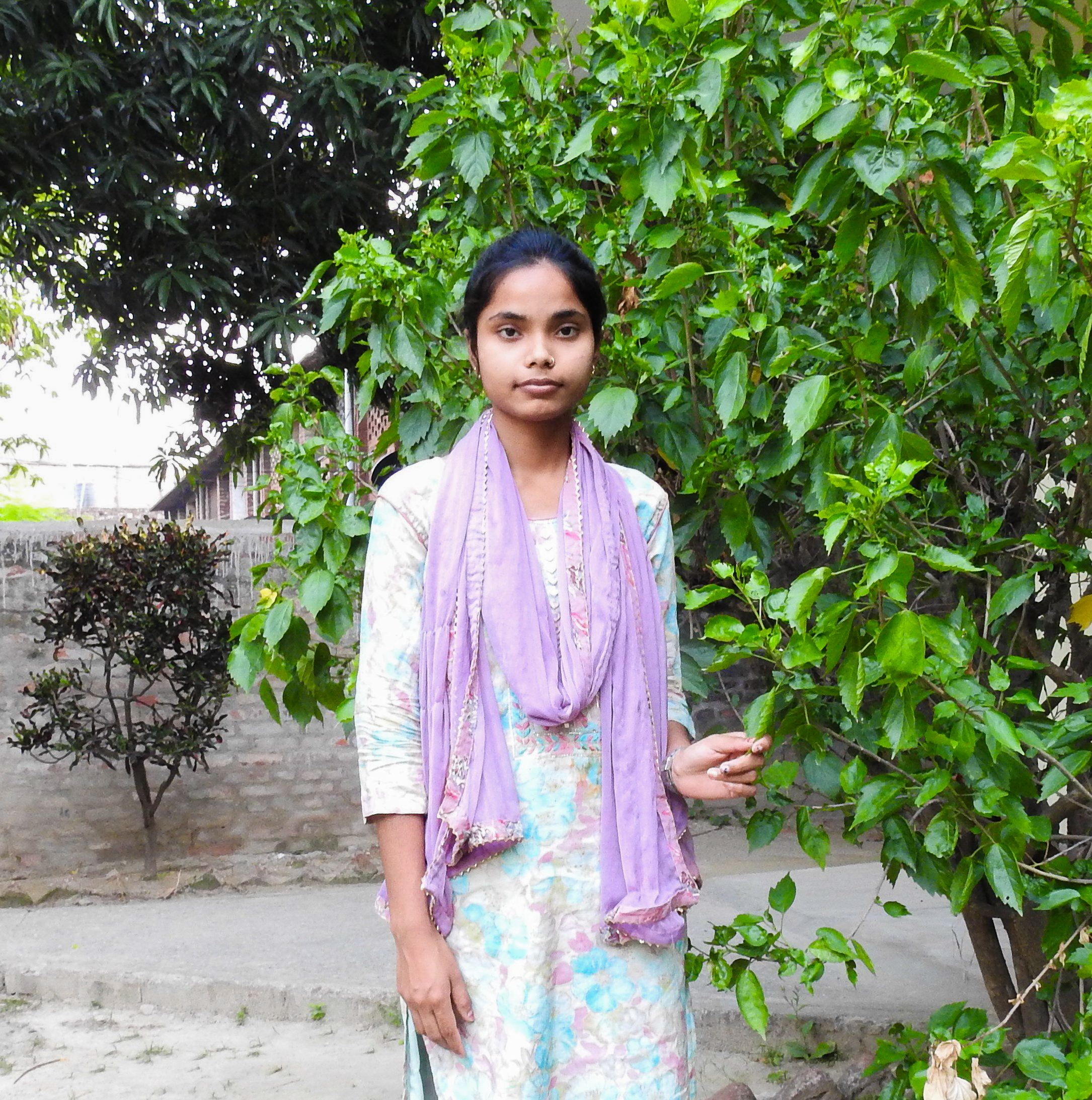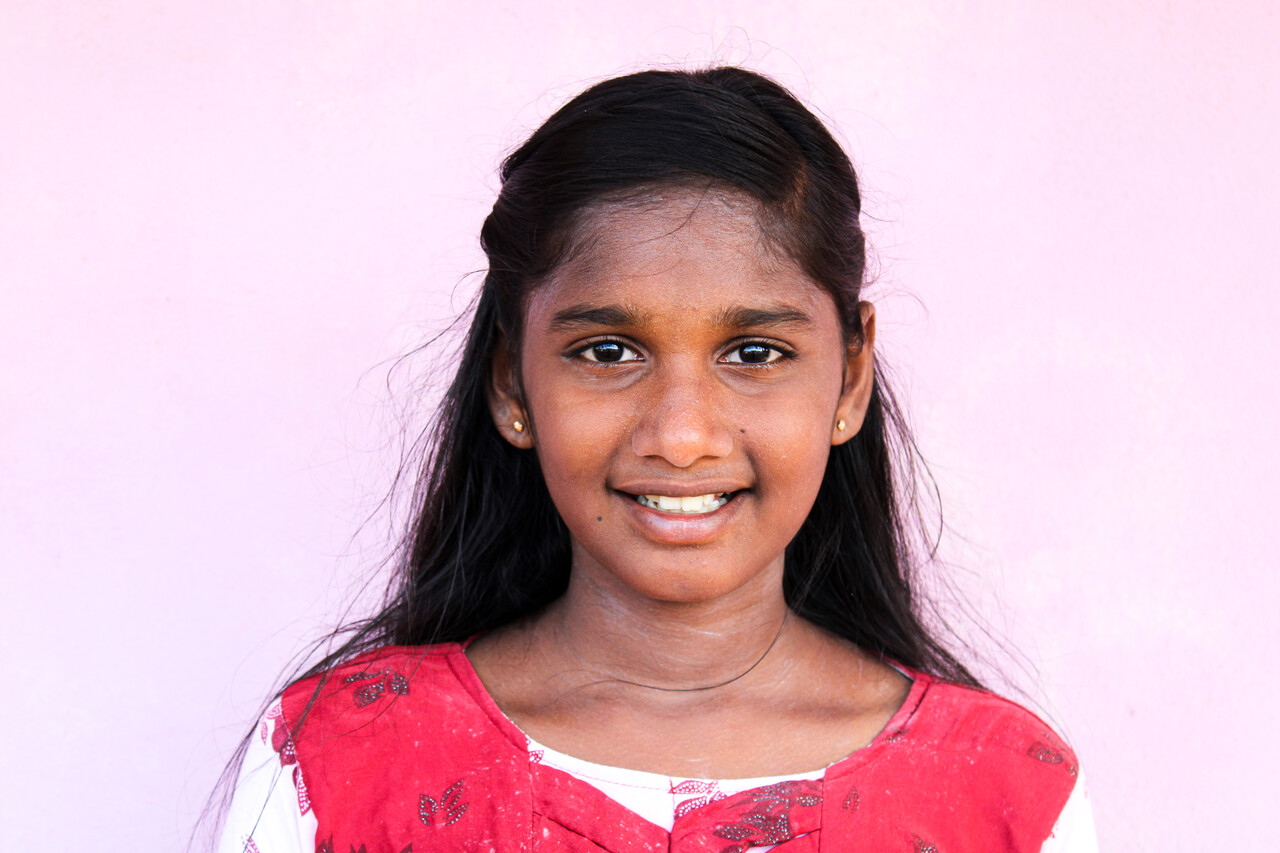Our staff and partners identify girls at risk of female gendercide by building relationships with women and girls in villages and slums. Social workers are already providing care for families, meeting with women’s self-help groups, starting medical camps, and identifying women who are pregnant or in danger—and all of these help identify at-risk girls and raise awareness of our mission.
When we meet a girl in India, we typically ask four questions:
- Are they attending school?
- Do they have access to nutritious food?
- Who are they being raised by?
- Do their families value girl children?
If one of these factors seems off—maybe the girl isn’t attending school or being fed, we dig deeper into the situation to decide what action is necessary.

Our goal is always to keep girls in their families to minimize the trauma of separation. But this isn’t always possible, and so girls only stay in their family homes if they will be safe there, and our social workers regularly meet with the families to check on the well-being of the girls.
If their family home is NOT safe, then girls are relocated to live in one of our partners’ safe homes where they have access to clothes, food, protection, education, and mental health care. Our rescue process is geared toward creating a holistic life and opportunities for each girl.




